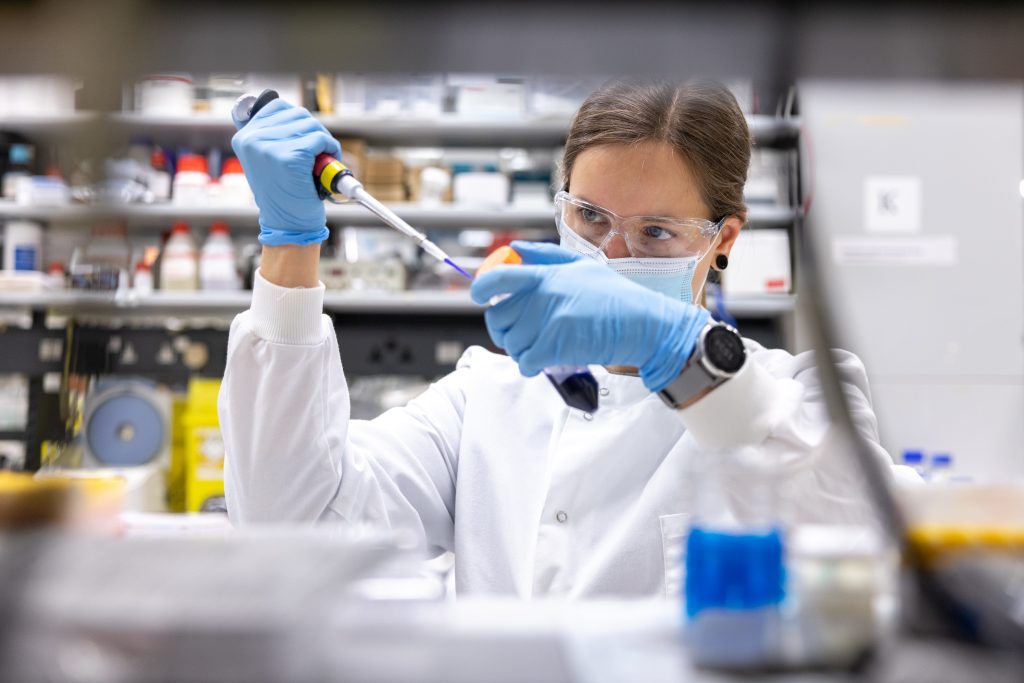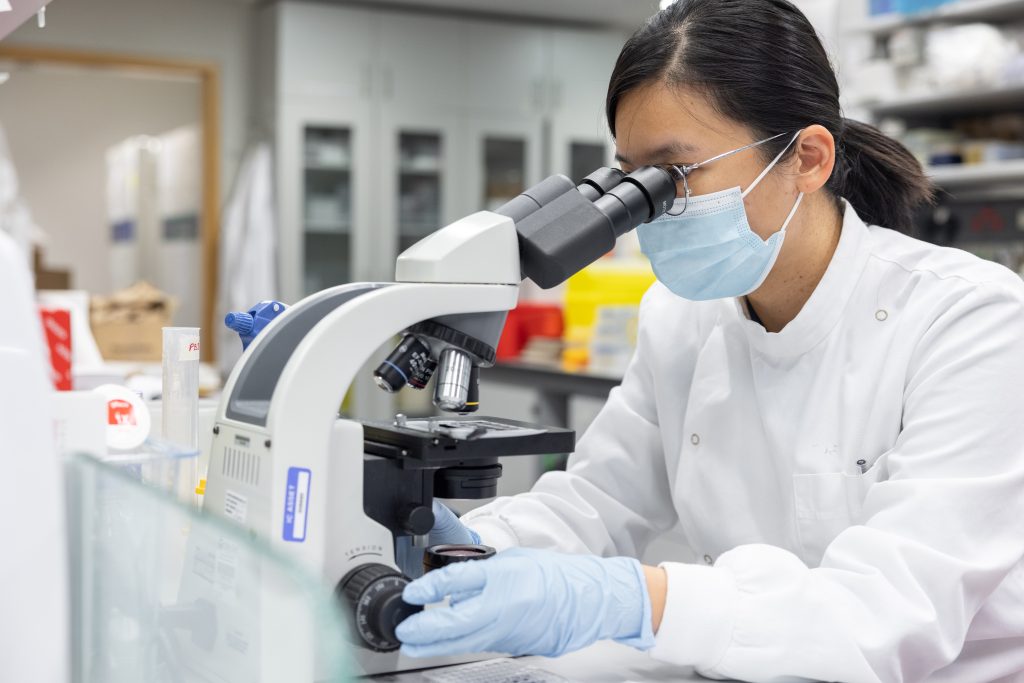

Research in the Lloyd lab
The central theme of the lab explores the interactions between resident lung cells and infiltrating inflammatory cells in order to determine how these interactions influence the development and resolution of pulmonary inflammation during a range of different lung diseases. The lab uses a mixture of in vivo mouse models and in vitro culture systems using cells from patients to investigate the mechanisms underlying the pulmonary immune response to inhaled particles, allergens and pathogens. Broadly our research encompasses three areas:
Immune regulation in the lung:
Given that we inhale billions of potentially antigenic material every day, immune regulation in the lung is complex. We have developed a range of clinically relevant models of allergic inflammation to investigate underlying pathological mechanisms. Importantly, these models were designed to mimic features of human disease development, incorporating hallmarks of chronic asthma, including airway remodelling and viral/bacterial exacerbation. We have outlined roles for cells and molecules in driving or regulating various aspects of allergic inflammation, and developed cell selective cytokine deficient mice and viral expression systems to manipulate gene function in bronchial epithelial cells. The most recent body of work determined that resident epithelial cells instruct immune cells locally, highlighting the central role of the local environmental niche in defining the nature and magnitude of pulmonary immune reactions.
Currently, we are examining Epithelial-Airway Macrophage interactions and imaging recruitment of innate lymphoid cells to determine their role in the regulation of allergic inflammation and remodelling. This is funded by a Wellcome Senior Research Fellowship in Basic Biomedical Sciences, and aims to investigate interactions between these key resident lung cells in order to understand how asthma develops and progresses.
Pulmonary immunity in early life:
Asthma is common in childhood, and we know that both our immune systems and lung develop postnatally. We want to understand how allergic immunity develops in early life and work very closely with the Department of Paediatrics at the Royal Brompton Hospital studying children with severe asthma. This collaboration has resulted in the development of novel models of maternal and neonatal allergen exposure revealing how allergic immune responses are influenced by environment or genetics. Importantly, these mouse models are closely integrated with in vitro culture systems using pulmonary cells isolated from children in order to investigate pathways and mechanisms leading to allergic remodelling and inflammation in early life. This exploration of the molecular pathways leading to development of allergic immunity has led to the identification of IL-33 as a steroid resistant cytokine in children with severe asthma and the first identification of innate lymphoid cells in the paediatric respiratory tract. The next stage of this project is a five year strategic award from the Wellcome Trust co-led with paediatrician Professor Andrew Bush, a longitudinal project to recruit babies to investigate molecular mechanisms underlying preschool wheeze. We have recruited a large cohort of babies from across the UK and are following them over 3 years, assessing their immune and epithelial development with development of preschool wheeze.
[Wellcome Trust Strategic Application: “Pulmonary epithelial barrier and immunological functions at birth and in early life – key determinants of the development of asthma?” ]
Development of lung remodelling
The normal inflammatory response to harmful stimuli is followed by a phase of repair and remodelling to restore tissue homeostasis. Although this process ordinarily allows for efficient healing, chronic noxious stimuli, and the resulting persistent inflammation can lead to exaggerated repair mechanisms, ultimately leading to fibrosis and impaired organ function. Destructive remodelling occurs in common lung diseases including asthma, chronic obstructive pulmonary disease (COPD) and pulmonary fibrosis. Integrating animal models and complex multicellular cell culture systems using patient cells we are investigating how key pulmonary and immune cells functionally interact to drive lung remodelling. Identification of the molecular mechanisms underlying these interactions may ultimately uncover novel therapeutic targets for treatment of fibrosis for which no cures are currently available.
